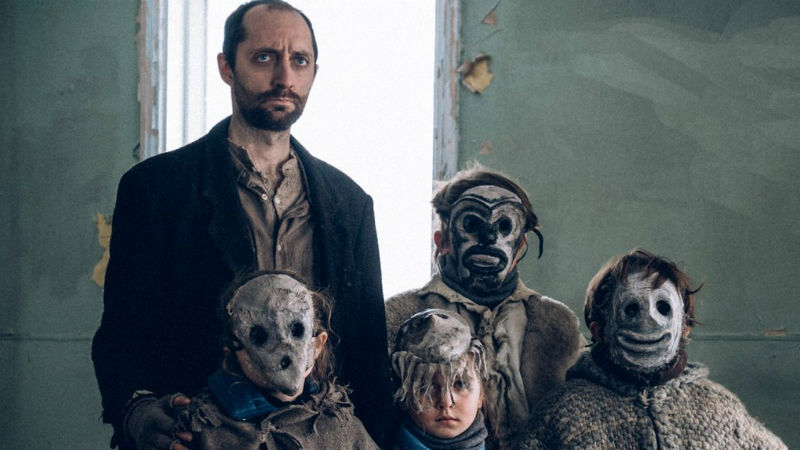QUICK SNAP: LIVE FROM BERLIN
Set in a retreat for the sexually obsessed, That Kind of Summer sees Quebec auteur Côté create a reverie on desire, addiction and the possibility of changing eventually one’s ways. A challenging yet relatively conservative work, Côté is relatively more ambitious than in his last few features, creating a work that actively interrogates the multifaceted nature of sexual desire.
Three women enrol in a retreat for the sexually addicted. It’s hard to say whether they were forced to go on purpose or they are are willing to enrol just to get a free holiday. They are asked to stay for 26 days, with a one day off in-between. They are looked after by visiting Germany professor Octavia (Anne Ratte Polle) and social worker Sami (Samir Guesmi), who resist their own desires to help these women find a way of living without having to think about sex.
Unlike many Hollywood movie, where rehab is presented as an opportunity for radical change, never mind the unrealistic nature of such radical changes within such a short time offered, That Kind of Summer deliberately eschews conventional character development in favour of a more realistic depiction of people trying to think beyond sexual obsession. People aren’t solved within a single retreat. Whatever neurosis you have, it’s going to take more than one trip to finally figure out what’s wrong, if anything is actually wrong at all.
While the women in this stay are well-rendered when it comes to their sexuality — shown through solo scenes and interaction with other men, as well as giving time to explain their feelings — the lone male character draws a blank. He is tempted throughout his stay — with all three women temping him at one point or another — but his internal psychology is left strangely alone, making for a weirdly feminine only experience. Considering the amount of scenes we encounter with women pleasuring themselves, including Octavia, the lack of inclusion of the male perspective fails to round out this tale in an egalitarian way.
The cinematography is handheld, and seems to bob up and down as if the camera is lost at sea, creating a sense of unease throughout. Côté remains a supreme stylist; favouring huge close-ups, long, almost silent takes and ambiguity through camera movement, never settling on a single character or style, making for a film that viewers can interpret in various different ways.
I have watched several Denis Côté films now (mostly at Berlinale) and I still can’t quite figure out his style. This is a director who trods his own dogged path, following his whims throughout various successful and unsuccessful ventures. There is an absence of conventionality throughout his filmmaking, which avoids traditional filmmaking structures in favour of a more observant and subtle style. The Quebec filmmaker seems to watch and watch his characters as if they aren’t scripted (even if they are). Rarely passing judgement, his films present a situation without ever settling on a side. It makes for a fascinating watch, but it rarely feels urgent: he’s kind of filmmaker that remains a pleasure to experience, but rarely makes you feel despite his surfeit of style. Here’s hoping his next film has something a bit more engaging to latch on to.
That Kind of Summer plays in Competition at the Berlinale between February 10th to 22ndÉ.









